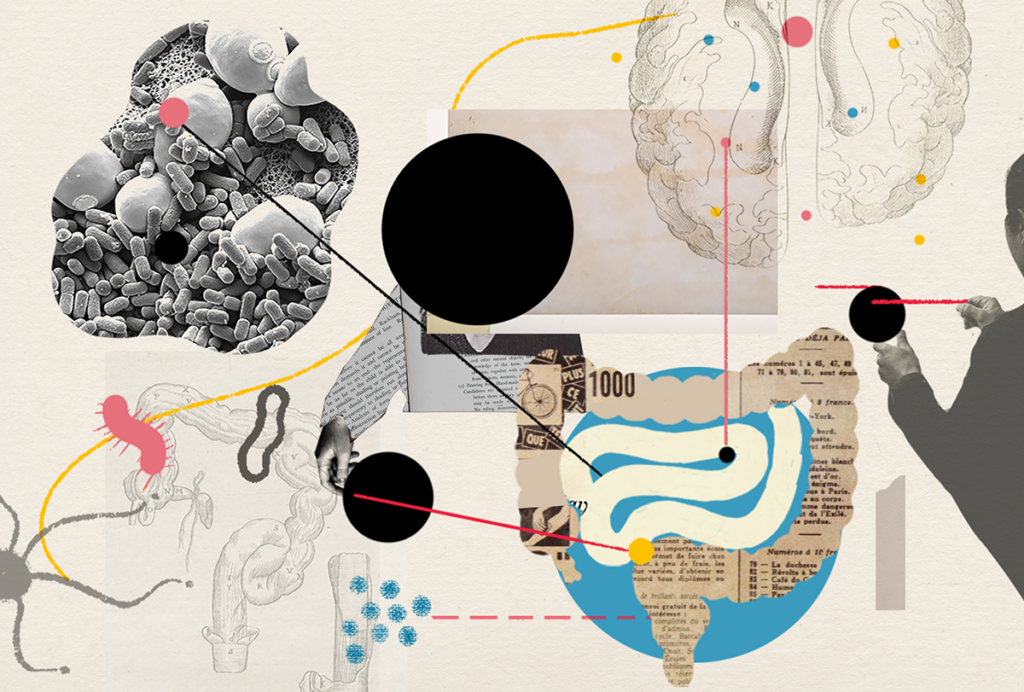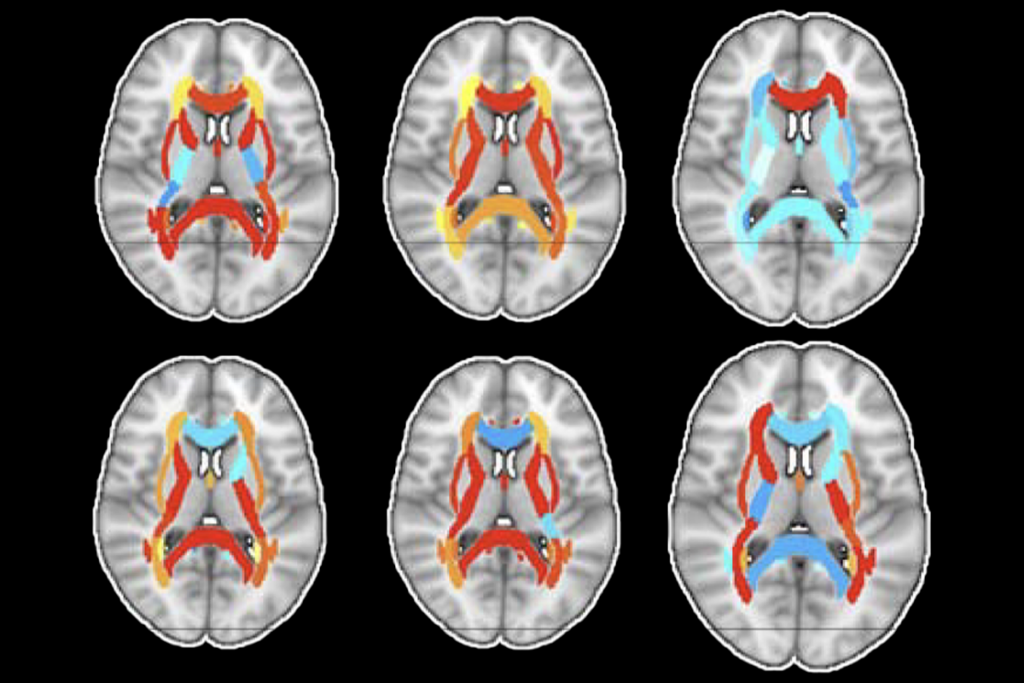Large postmortem brain study traces spine shapes
The brains of people with autism have abnormally dense and stubby dendritic spines, the neuronal projections that receive electrical signals, according to data presented Monday at the Society for Neuroscience annual meeting in San Diego.
The brains of people with autism have abnormally dense and stubby dendritic spines, the neuronal projections that receive electrical signals, according to data presented Monday at the Society for Neuroscience annual meeting in San Diego.
Jeffrey Hutsler discovered these abnormalities after meticulously hand-staining 90 cells from each of 10 male postmortem brains from the Autism Tissue Program, a collection of brain samples donated by families of individuals with the disorder.
A couple of autism studies have looked at spine characteristics in postmortem samples, but this work is the largest and most systematic to date.
Hutsler analyzed cells located in three different layers of three brain regions — the frontal, temporal and parietal lobes. His presentation generated much excitement among the scientists in attendance, with one participant calling it a “truly spectacular study.”
The high density of the spines could lead to excessive local signaling. In this way, the research bolsters the decades-old ‘connectivity theory’ of autism, which says that the disorder is the result of weak links between distant brain regions and excessive connections between adjacent areas.
More recent genetic studies also point to problems in connectivity. For example, some people with autism carry variants in neuroligin and neurexin genes, which act at the junction between neurons. SHANK3, another autism-related gene, is known to promote the formation, maturation and enlargement of spines.
“Despite this raft of evidence for connectional change in autism, a structural examination of cortical connectivity has been lacking,” says Hutsler, assistant professor of psychology at the University of Nevada, Reno.
When he averaged data from the 10 autistic brains and compared them with data from 17 controls, Hutsler found that individuals with autism have significantly higher spine densities in layer 2, the most superficial layer examined. By contrast, he found no density differences in layer 3.
In layer 5, the deepest examined, he found that the autism group has higher spine densities in the temporal lobe — where sounds and speech are processed — but no differences in the other two regions.
It makes sense that spine abnormalities would be most noticeable in superficial layers, he says, because they are the last to mature and to undergo significant changes in early development, around the same time that autistic behaviors emerge.
When Hutsler did individual comparisons of the autistic brains and age-matched controls, he found that only six brains in the autism group show significant spine density differences. Four of these individuals had severe cognitive impairment, with intelligence quotients of less than 50.
Hutsler published these density data in the January issue of Brain Research. He also has preliminary data showing that, compared with controls, the autism brains have shorter spines in the frontal and temporal lobes, and fatter spines in the frontal lobe.
The data is intriguing because brains of people with fragile X syndrome — who often have mental retardation and autism — also have abnormally high spine densities, which is thought to result from lack of pruning during development. In fragile X, the spines tend to be long and thin, however, rather than short.
“Some of the behaviors in fragile X are very similar to what’s seen in autism,” he says. “It could be that increased spine density underlies some of the similarities between the two groups.”
For more reports from the 2010 Society for Neuroscience annual meeting, please click here.
Recommended reading

Going against the gut: Q&A with Kevin Mitchell on the autism-microbiome theory

Constellation of studies charts brain development, offers ‘dramatic revision’
Explore more from The Transmitter

A change at the top of SfN as neuroscientists gather in San Diego


